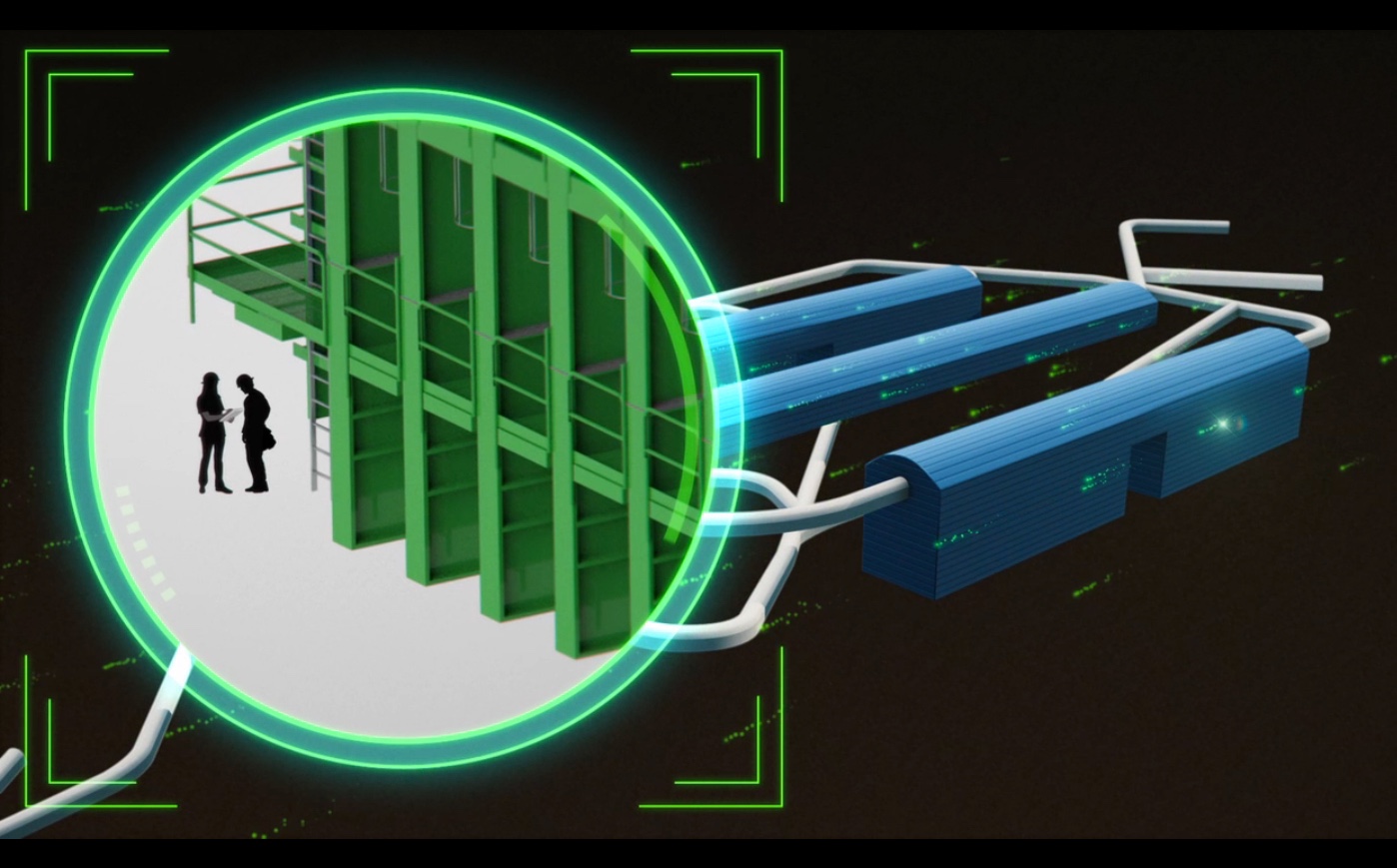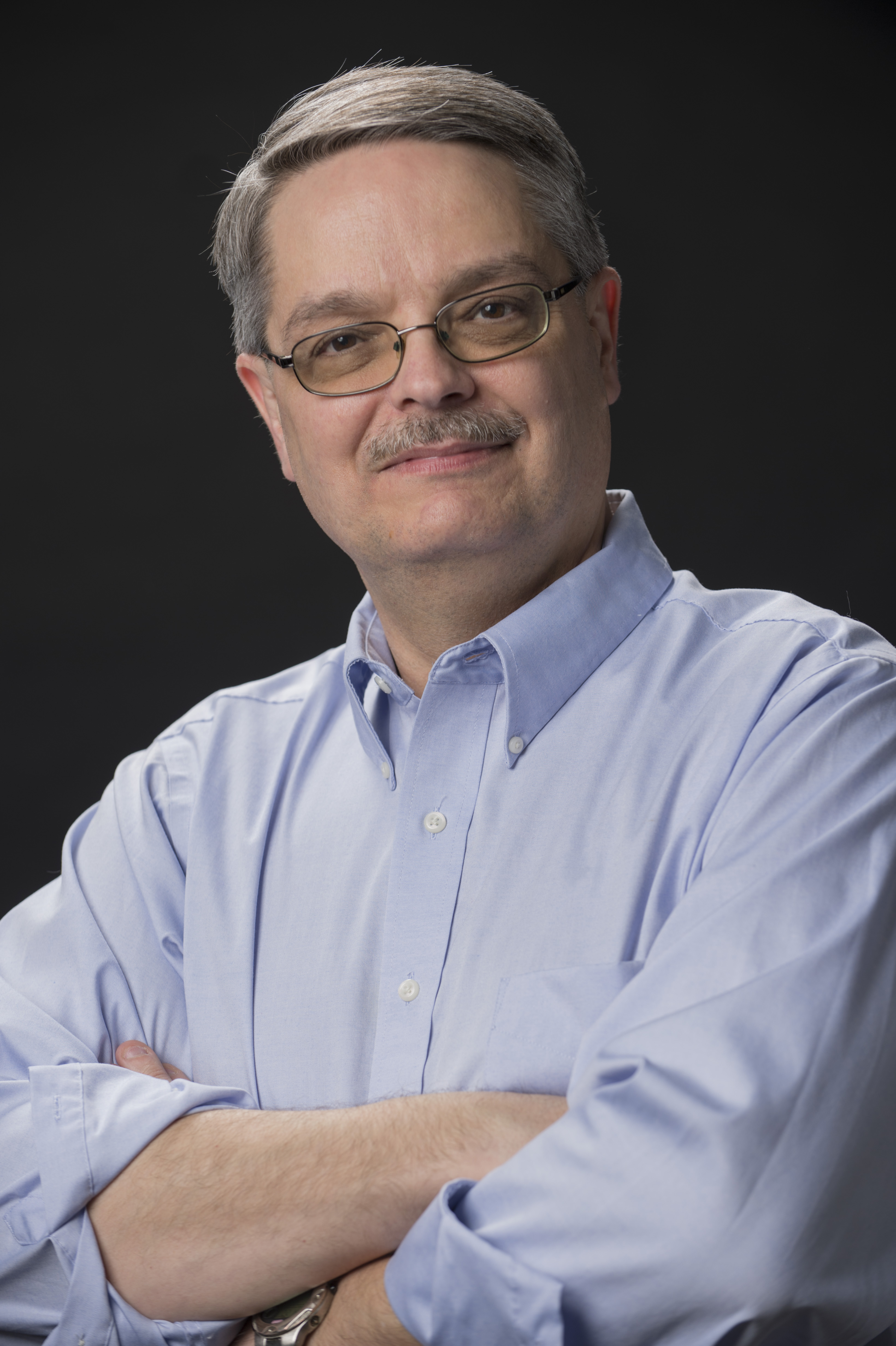
Huge Underground Lab Seeks to Explain 'Ghosts of the Universe'

Don Lincoln is a senior scientist at the U.S. Department of Energy's Fermilab, the country's largest Large Hadron Collider research institution. He also writes about science for the public, including his recent "The Large Hadron Collider: The Extraordinary Story of the Higgs Boson and Other Things That Will Blow Your Mind" (Johns Hopkins University Press, 2014). You can follow him on Facebook. Lincoln contributed this article to Live Science's Expert Voices: Op-Ed & Insights.
Big science usually means hard thinking and clever planning, which lead to cutting-edge facilities and, hopefully, paradigm-changing discoveries. Today, scientific leaders and invited dignitaries to take a concrete step toward making these dreams a reality: They will break ground on a scientific laboratory that they hope will reveal something about the rules that govern the universe.
This new facility, called the Deep Underground Neutrino Experiment (DUNE), will be housed at the Sanford Underground Research Facility (SURF) in what was once the Homestake gold mine in Lead, South Dakota.
DUNE will detect subatomic particles called neutrinos, created over 800 miles (1,280 kilometers) away at the Fermi National Accelerator Laboratory, west of Chicago. (Full disclosure: I am a senior scientist at Fermilab, although I have never participated in neutrino research. I am, however, a huge fan.)
DUNE is a huge endeavor involving more than 1,000 scientists from across the globe. The detector is enormous and will require the construction of a cavern 4,850 feet (1,500 meters) underground, in the Homestake mine. To make this cavern, workers need to excavate 800,000 tons (725,000 metric tons) of rock, which is equal to the weight of about eight modern aircraft carriers. At peak effort, this digging will create about 2,000 jobs in South Dakota and a similar number in Illinois near Fermilab. [6 Cool Underground Science Labs]

Ghostly particles
Neutrinos are subatomic particles, but unlike protons, neutrons and electrons, they don’t play a key role in the structure of atoms. Instead, on Earth, they are created when radioactive elements decay — a process called beta decay — specifically when a neutron decays into a proton. The weak nuclear force is what causes beta decay. In fact, of the three known subatomic forces (electromagnetism and the strong and weak nuclear forces), neutrinos feel only the weak force. Because the weak force is, well, weak, neutrinos interact very little with matter.
These ghostly particles are ubiquitous in the universe. In addition to being created in beta radiation, they are copiously made in nuclear reactors. However, while the nuclear power stations sprinkled across the globe do make neutrinos, the biggest nuclear reaction around, by far, is the sun. The sun emits so many neutrinos per second that, even though Earth is about 93 million miles (150 million kilometers) away, on average, about 100 trillion neutrinos from the sun pass through you every second of your life. These neutrinos pose no danger to you at all.
Sign up for the Live Science daily newsletter now
Get the world’s most fascinating discoveries delivered straight to your inbox.
To give a sense of why that's true, suppose you were a neutrino-phobic person and wanted to shield yourself from this constant rain from above. That is possible, at least in a theoretical sense. Neutrinos do interact weakly with matter. And if you wanted to shield yourself from the neutrinos from the sun, you could use a thick block of lead. And by thick, I mean really thick — to stop just half of the sun's neutrinos, this block of lead would have to be thick enough to fill up the space between Earth and the second-closest star after our sun: Alpha Centauri, which is more than 4 light-years away. If neutrinos can pass through that much lead, they certainly can pass through you (and even Earth, for that matter).
Neutrino surprises
So, why are neutrinos interesting? Well, they have surprised scientists many times over the past century or so. Even though neutrinos are emitted in beta decay, they interact so weakly that scientists were unable to detect them long ago. Consequently, it looked like beta decay broke the laws of physics, as energy and momentum seemed not to be conserved. (In other words, the energy of the initial atomic nucleus could not be fully accounted for after it decayed.)
In 1930, physicist Wolfgang Pauli proposed the invisible, and essentially undetectable, particle as a "desperate remedy" to explain the problems of beta decay. (And, as a side note, Pauli presented his idea at a conference by way of a letter, rather in person. It seems that he was indispensable at a party and couldn't come to the conference. That's not so surprising — physicists are well known as the "fun" scientists.)
Not until 1956 did scientists detect neutrinos emitted by a nuclear reactor. The scientists who performed the experiment, Frederick Reines and Clyde Cowan, had considered trying to capture the neutrino pulse from a nuclear detonation before they decided to use the less dramatic reactor. [The 18 Biggest Unsolved Mysteries in Physics]
Also in 1956, a different experiment, performed by Chien-Shiung Wu, used beta decays of cobalt nuclei to show that the force that governs neutrinos — that is, the weak nuclear force — had a surprising feature. Phenomena involving the weak force that can be observed in our familiar universe were impossible in a mirror universe, which is to say one in which the directions are switched — for example, right and left are swapped, up and down are flipped, etc.
This idea contrasts starkly with the strong nuclear force and electromagnetism, in which this swapping of directions could be done. But because the weak force does not obey this type of up-down, left-right symmetry, if Alice really did go through the looking glass, she would have encountered a reality very different from our own. It was eventually demonstrated by Russian physicist Lev Landau that the laws that govern matter in our universe govern antimatter in the mirror universe, or that matter and antimatter are mirror images. This discovery involving neutrinos and the weak force caused the textbooks to be rewritten.
Misbehaving particles
In the 1960s, neutrinos had a couple more surprises for us. In 1962, physicists Leon Lederman, Melvin Schwartz and Jack Steinberger discovered that two types of neutrinos existed. (Scientists observed a third neutrino type at Fermilab in 2000.) The bigger surprise occurred when chemist Raymond Davis tried to detect neutrinos from the sun by using an Olympic-pool-size vat of dry-cleaning fluid to serve as a neutrino detector. The chlorine in the fluid interacted with neutrinos from the sun, converting to radioactive argon and an electron. By measuring the argon, the scientists indirectly detected the neutrinos. As an interesting historical note, his detector was also located in the Homestake gold mine.
Although Davis observed solar neutrinos, he saw only a third as many as he expected. While that could have been due to an error in either the measurement or the prediction, subsequent experimentation showed that his measurement was correct. The reason for the discrepancy could have been that neutrinos were decaying in flight — but as it turned out, that was not the answer. Another possibility was that neutrinos could morph from one variant to one of the other two. This morphing is called neutrino oscillation, as the neutrinos could morph from one type to another and back again. Neutrino oscillation was proved in a series of experimental results announced between 1998 and 2001.
Mysteries of antimatter
With the discovery of neutrino oscillations, it was imperative for scientists to get a better understanding of the phenomenon. This knowledge is most easily gained using particle accelerators. In the U.S., Europe and Japan, scientists generated beams of neutrinos. The most powerful beams were constructed at Fermilab. An early experiment called the Main Injector Neutrino Oscillation Search (MINOS) was based in the Soudan mine in northern Minnesota. Fermilab shot beams of neutrinos through the Earth to the MINOS detector. (Remember that neutrinos interact very little with matter, so there is no tunnel. The neutrinos literally shot through the Earth.) The MINOS experiment ran from 2005 to 2016. A follow-up experiment is called NuMI Off-Axis Neutrino Appearance (NOVA). The distant detector, located in Ash River, Minnesota, began operations in 2014. Fermilab also provides the neutrinos for this experiment.
So, naturally, Fermilab would be the host accelerator laboratory to shoot neutrinos to DUNE — this time, in South Dakota, not Minnesota.
So, what do scientists hope to accomplish with DUNE? Well, it will better characterize the properties of neutrino oscillation, but there is one question that is particularly intriguing. Fermilab can make beams of both neutrinos and antimatter neutrinos, and the DUNE experiment can use both sets of beams to study the oscillation properties of both matter and antimatter neutrinos. Our best theory describing the behavior of matter and energy (called the Standard Model) predicts that these two kinds of oscillations are the same. The DUNE experiment could determine whether that's the case.
Why is it such a tantalizing possibility that matter and antimatter neutrinos might oscillate differently? It might address an issue with the Standard Model. The Standard Model says we can convert energy into matter and vice versa. But when energy is converted into matter, an equal amount of antimatter should also be created. And at the Big Bang, there was a lot of energy. Thus, our universe should consist of equal amounts of matter and antimatter, but it is made solely of matter. We don't know why.
But remember that Wu's 1956 experiment showed that the laws of the weak force that govern matter in our universe govern antimatter in a mirror universe. So this difference may also manifest in differences in matter and antimatter neutrino oscillation. If scientists observe an asymmetry in these oscillations, that might reveal something about the matter-antimatter asymmetry.
DUNE has other capabilities, too. For one, it will be able to detect neutrinos from supernovas (star explosions) that occur in the Milky Way and nearby galaxies. It also can search for neutrino emissions from violent astronomical events in which neutron stars merge, or maybe even say something about black hole interactions.
DUNE will also hunt for proton decay. The Standard Model predicts that protons are stable and do not decay. Experimentally, we know that if protons do decay, their half-lives are longer than 10^34 years. (That is, if they decay at all.) However, some new theories extending the Standard Model predict that protons might decay on timescales only slightly longer than current limits. Thus, if DUNE sees proton decay, this will teach us something very profound about the universe and will do so at energies much higher than those accessible to the Large Hadron Collider, which is the world's highest-energy particle accelerator.
DUNE (and its associated Fermilab neutrino beamline) is expected to be the United States' flagship experiment for the next couple of decades. A huge collaboration of experts will probe the data, looking to see if neutrinos do something unexpected. That's a real possibility, and it won't be the first time they've surprised us.
Follow all of the Expert Voices issues and debates — and become part of the discussion — on Facebook, Twitter and Google+. The views expressed are those of the author and do not necessarily reflect the views of the publisher. This version of the article was originally published on Live Science.











